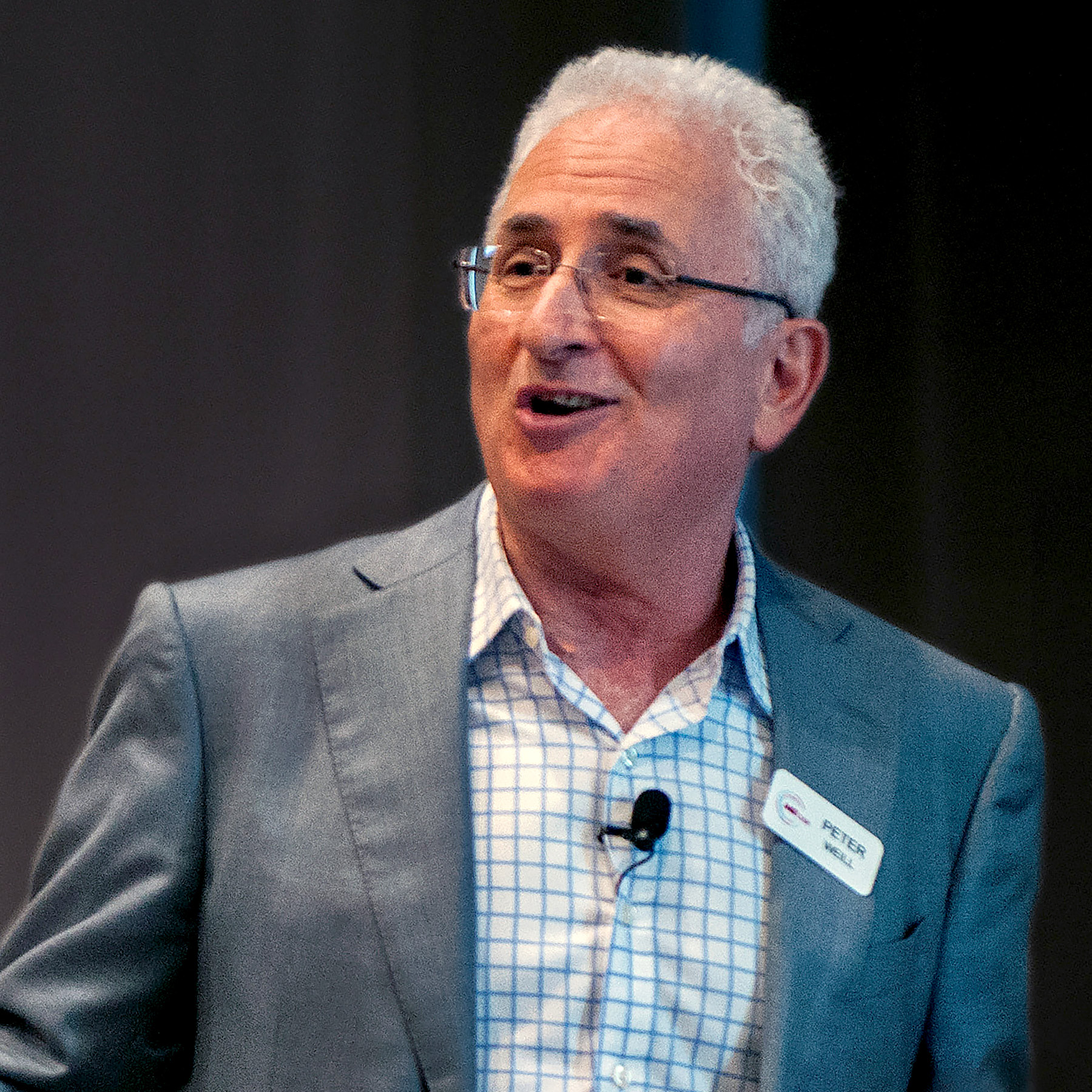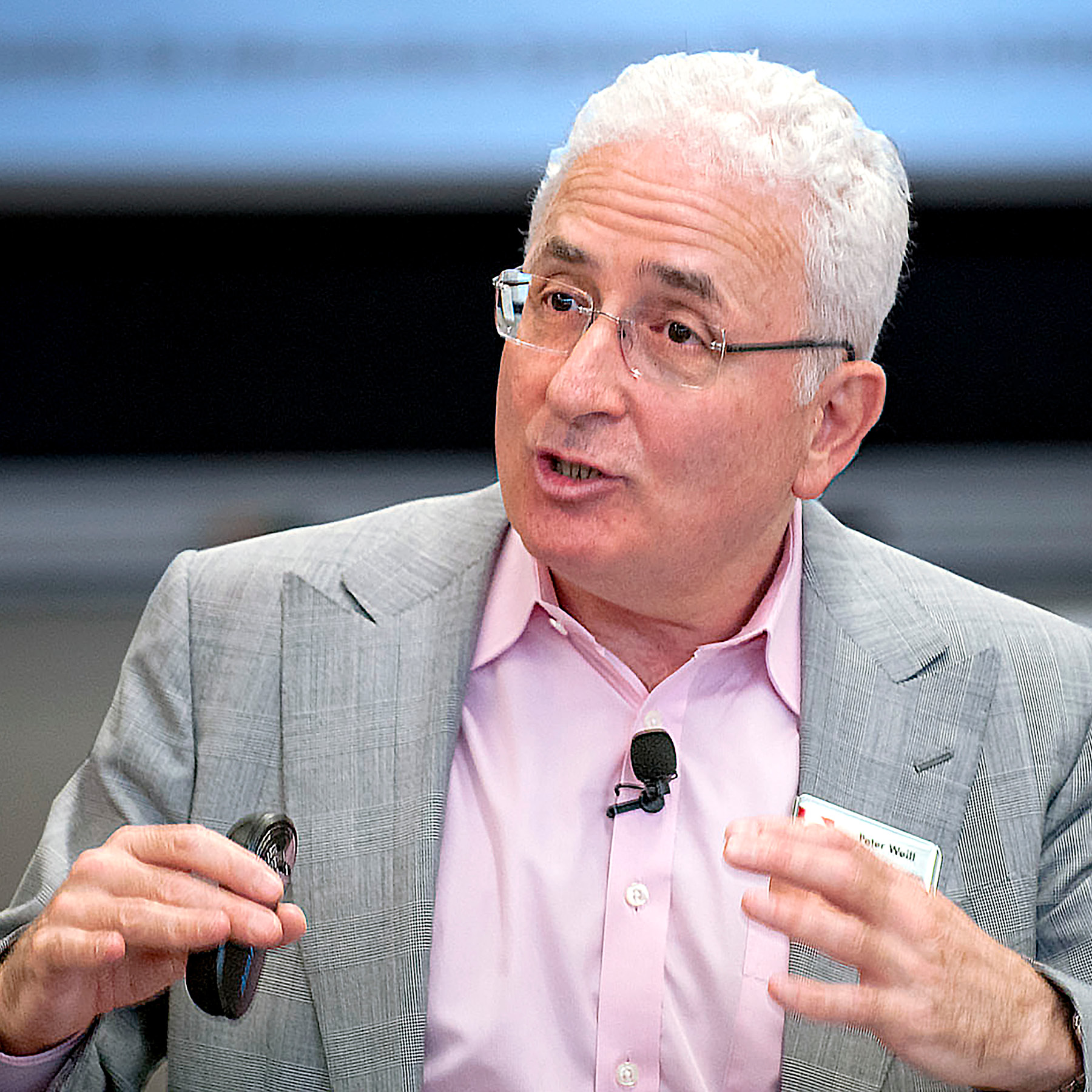Language
You can read the magazine in one of the following languages
Having a digital strategy is key to survive and thrive in today’s business environment, and managers know it. A recent MIT Center for Information Systems Research (CISR) study of more than 500 companies found that senior leaders believed that more than 30 percent of revenue would be lost to digital disruption over the next five years if they didn’t change how they did business.
Therein lies a frequent misstep when it comes to adopting a digital strategy, says Peter Weill, CISR Senior Research Scientist & Chairman Emeritus at the MIT Sloan School of Management and a World Business Forum speaker.
“The most common misconception is that a digital strategy is something different from a business strategy,” Weill says. “They are one and the same in today’s digital economy.”
This means business strategies must embed digital and be enabled by digital expertise, great data, digital partnerships, platforms and new business modes.
“We’re beyond just aligning the two strategies,” he adds.
More importantly, the same applies to staff.


“Digital is everybody’s job, not purely the role of the CIO or technology leadership,” he says. “In a future-ready company you can’t really tell who’s in technology, who’s running a line of business or who’s operating another function. They’re all digitally savvy and work as a multidisciplinary team.”
An acclaimed digital strategist, Weill has joined more than 50 companies on their digital journeys through workshops and conferences, as well as his work with CISR. Microsoft, IBM and SAP are just a few to draw on Weill’s expertise, which he will share with audiences at the World Business Forum in Sydney on 11–12 October.
Any digital transformation should avoid being driven by fear, he says.
“The first step is to make digital fun. It should be a discovery and learning process for everybody, with the goal of making everything better,” he says.
To place everyone on the same playing field, companies should develop a common language in which to discuss the plan.


“Language is important for effective change so that people can communicate in shorthand and be understood,” Weill says. “I was facilitating a workshop for the top team in a financial services company where the term ‘platform’ was used in at least three different ways by different leaders, creating confusion.”
By contrast, an effective digital leader brings everyone along for the ride.
“Every employee needs to understand the purpose of the company and how digital will help achieve it, and then what they can do to learn and help,” he says.
In 2022’s Future Ready: The Four Pathways to Capturing Digital Value, Weill and co-authors Stephanie Woerner and Ina Sebastian outline four pathways to digital transformation and how to capture value along the way: industrialize, customer delight, incremental improvement and creating a born digital unit.
While each of these pathways can help companies become future ready, they accrue value in a different order.


“Which pathway you choose depends on where you are today relative to competitors,” Weill says. “If your customer experience is much lower than industry average, you can’t take the time to focus on the industrialization pathway.”
To achieve the kind of success possible in the digital era, Weill says companies must understand their own needs.
“Companies that explicitly picked their pathways and coordinated them made much more progress than the companies that adopted multiple uncoordinated pathways,” he says.
All this is not to say that analog has completely fallen out of favor. On the contrary, Weill says many analog ways of doing business are still crucial for success today.
“Great businesses are based on great relationships and engagement, so having person-to-person interactions will always be critical,” he says.
“In a future-ready company, we see people freed up from many of their repetitive, low value-added tasks so that they can focus on important things like nurturing customer relationships and test and learn innovation.”


And it’s this kind of in-person engagement that will be out in full force at the Sydney WOBI event, where Weill will join business luminaries including leadership coach Marshall Goldsmith, former Saatchi & Saatchi CEO Kevin Roberts, social psychologist Amy Cuddy and film director James Cameron. Together they will engage audiences willing to open their minds to new ways of doing business.
“I’m really looking forward to it,” Weill says. “It’s powerful to bring together experts from all over the world and the business leaders here in Australia and have a conversation about what works and what doesn’t.
“I believe sharing our experiences enabled by great case studies and compelling data is how we all learn.”
Taking the digital leap isn’t easy, but Weill says it comes down a desire to improve and to learn from other successes, something only possible through sharing as a business community.
“For me, the best part of what I do is to inspire and help organizations learn from the clarity of frameworks and effective practice to be better, and then to see the value and the joy that comes with it,” he says.
“And then we learn from their experiences and hopefully create a community with an upward spiral of aspiration, learning and improvement.”

